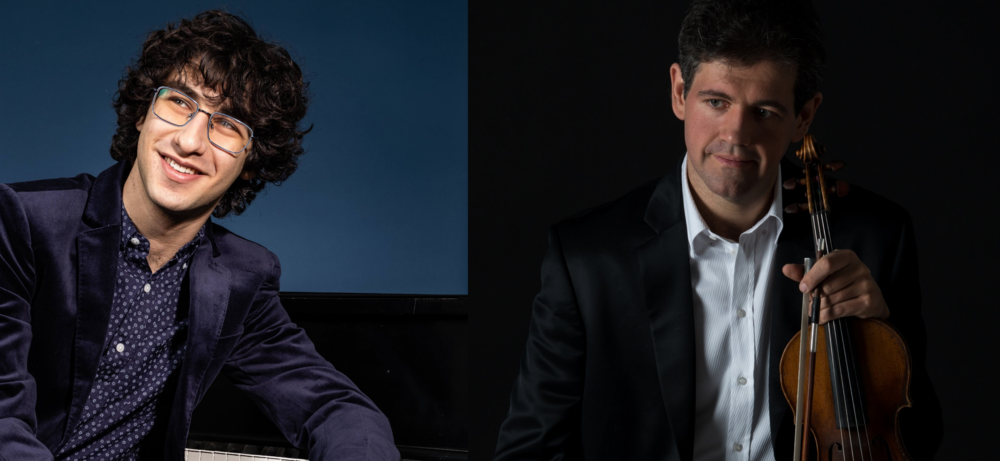
COMPOSER’S REVENGE ON PIANISTS
BERKELEY—The composer got his fiendish revenge on star pianists, and the music world will never again be quite the same.
Composers like Frenchman Ernest Chausson would labor weeks over a new piece, then be tucked away in the audience while the pianist/performer reaps plaudits and encores at center stage.
He avenged the keyboardists with his piece de resistance, his Concert (sextet), Op. 21, for two soloists and string quartet. It relegates one seated soloist to be buried at the keyboard, with sweat pouring down his face as his fingers blur going the full breadth and depth of the keyboard in harmonious roulades almost nonstop, while the violin soloist stands and spins off fetching melodies, playing at best a tenth or twentieth as many notes, yet reaping all the glory. Even 126 years after the fact, the concerto has lost none of its bite.
Even as eminent a keyboard concert star as Emanuel Ax shook his head about the immense difficulties of the Concert when I interviewed him years ago.
This time around, the Concert was spotlighted by the New Century Chamber Orchestra with violinist Daniel Hope and New York pianist Maxim Lando. Lando is a dazzling 16-year-old fire-eater who had made his name one night providing the essential extra hand in concert when piano star LangLang had injured his.
Now making his West Coast debut, Lando proved himself a phenomenal technician endowed with a rather mature musical sense, as he showed in some pregnant pauses during his performance Sept. 26. But above all, he rendered the score with indefatigable fury, power and confidence alongside Music Director Hope, who is a generation older. The lingering image is of the persevering pianist, with hands still firmly on the keys, turning corkscrew and craning his neck nearly 180 degrees to coordinate his next move with Daniel Hope’s bow.
And it requires that kind of linkage. When the entire group isn’t flying through the 43-minute, four-movement opus, Hope and Lando perform as a duo. The inspired idea of Chausson is to create a roiling work vacillating between a true sextet/concerto and a recital in duet—an adroit invention. By the end of the massive opening 15-minute movement, this listener found himself already emotionally exhausted by this immense musical monument. The piece passionate in its sweeping, vibrant, high ardor is a supreme challenge on all sides. Here Chausson was moving beyond refined French romanticism towards new, bolder means of expression influenced by Debussy and Franck, gaining maximal impact from minimal forces—perhaps at the expenses of the pianist’s physical dexterity and mental stability.
Hope was at the forefront throughout, doubling as soloists and conductor, authoritative and engaging.
The passionate work leads off like the voice of doom, with three mighty, somber opening chords as recurrent motive. Each time the music ascends to a summit, it descends, then scales a yet higher summit. The piece never slows except in the third movement with its slow-motion mood of mourning. The cleverest part was the finale, a dance-like movement with erratic accents, perhaps influenced by Eastern-European folk.
The misfires came on several fronts. The first half was all perfumy salon music from four countries under the rubric fin de siècle. The 19-member all-string NCCO ensemble produced a mighty sound that nearly shattered in the resonances of the First Congregational Church, which usually serves more compact groups. And almost all the pieces were arrangements for, rather than works for, string orchestra.
MUSIC NOTES—Chausson is best remembered musically for his “Poème” for violin, and non-musically for his untimely demise, riding a bicycle and crashing into a brick wall in mid-career….The mysterious attendance shortfall already encountered at several major fall Bay Area presentations carried over to NCCO’s opener.
New Century Chamber Orchestra performing in Berkeley, San Francisco and San Rafael through Sept. 29. For NCCO info, go online.